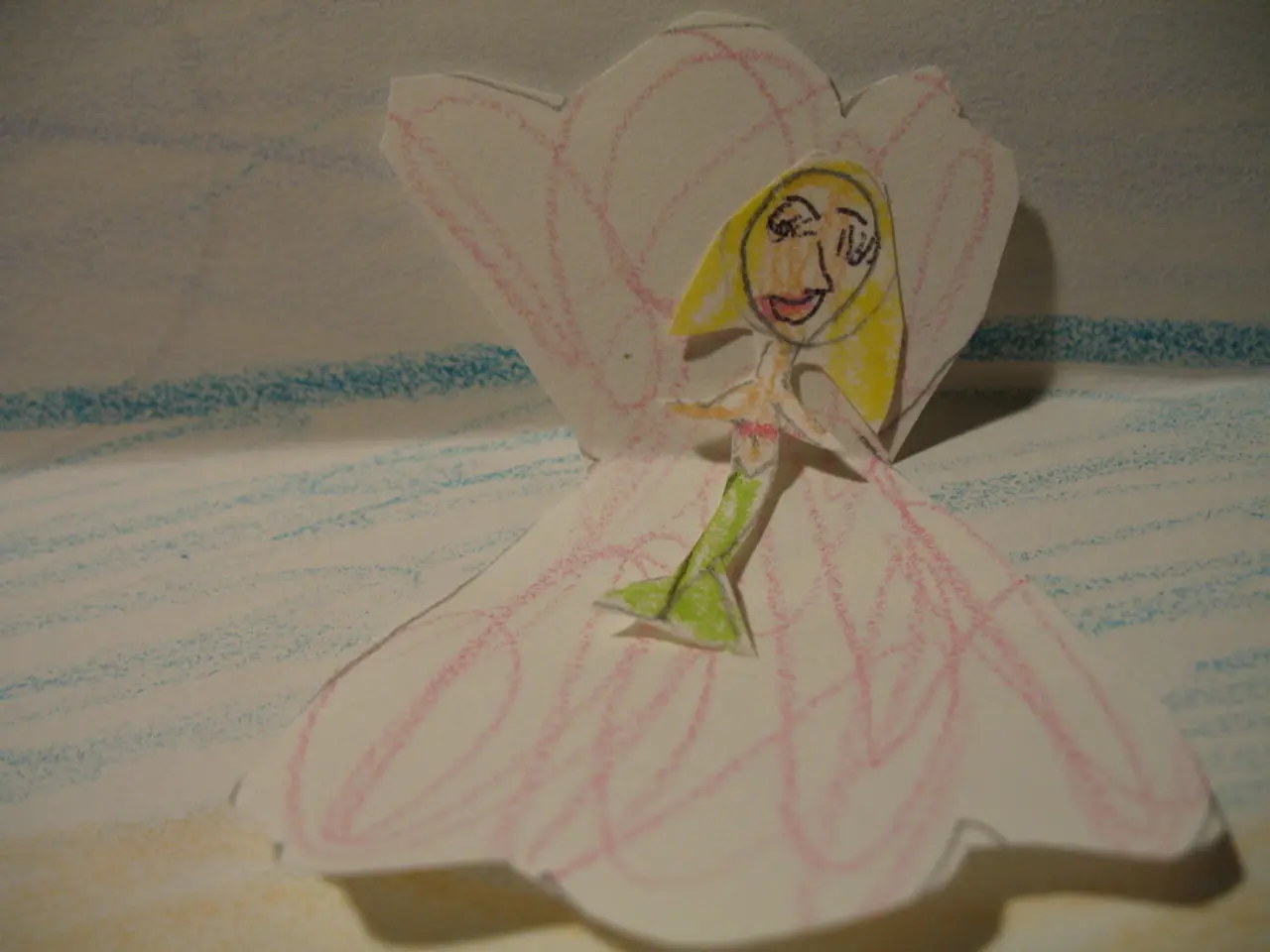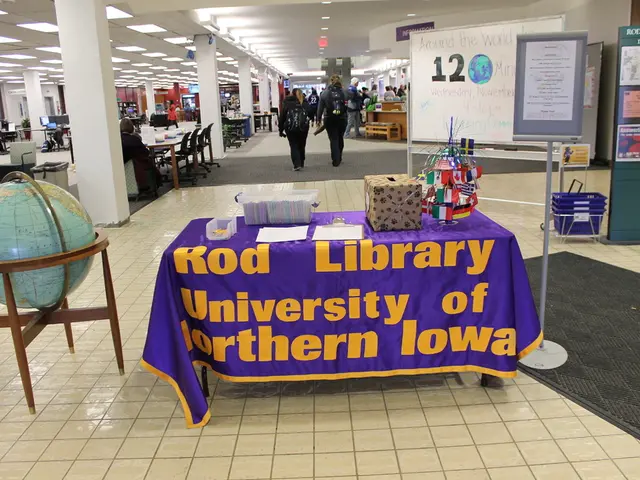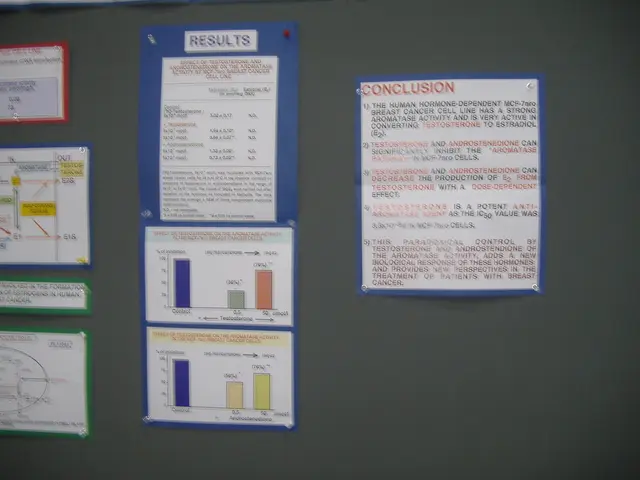Exploring the darker side within: A deep dive into nocturnal psyche
In the quiet hours of the night, when most people are fast asleep, Annabel Abbs-Streets finds her creative spark. The author, artist, and poet spends her nights drawing, sketching, writing poetry, and going on night walks, embracing the unusual hours as a time for exploration and self-discovery.
This nocturnal lifestyle has inspired Abbs-Streets to write a book titled "Sleepless: Unleashing the Subversive Power of the Night Self." In this compelling work, she encourages readers to do the same, to embrace their night selves and explore their potential during the hours when society slumbers.
"Sleepless" is a personal account of Abbs-Streets' experiences and discoveries during her sleepless nights. It delves into the potential benefits and subversive power of staying awake during the night, offering insights into the creative process and productivity during unusual hours.
Abbs-Streets was inspired by the history of women artists and writers who found inspiration and creativity in their sleepless hours. Notable figures such as Louise Bourgeois, Sylvia Plath, and Chelsea Wolfe have all channeled their insomnia and restless mental states into their art and literature, creating intense and emotionally charged works that resonate with readers and viewers.
Bourgeois, a French-American artist known for her large-scale sculptures and installation works, used her art as a form of emotional exorcism stemming from childhood trauma and restless emotions. Her Cells series, involving small installation spaces filled with symbolic objects, represent various types of pain and fear, suggesting her creative process was intertwined with her emotional and mental states which likely included sleeplessness.
Plath, the American writer and poet, authored "The Bell Jar," a novel in which the protagonist, Esther Greenwood, experiences insomnia alongside mental instability. Plath herself was known for her intense productivity often fueled by troubled states including insomnia, which affected her writing rhythm and themes of mental health struggles and existential angst.
Wolfe, a contemporary musician and artist, openly discusses how sleep paralysis and insomnia inspire her creative output, particularly in her album "Abyss." Wolfe channels her experiences of sleep disturbances, nightmares, and insomnia into the dark and haunting themes of her music, demonstrating a direct link between her sleeplessness and creativity.
Abbs-Streets' book is a testament to the power of creativity and productivity during unusual hours. It offers practical tips for readers who struggle with insomnia and want to make the most of their sleepless hours, encouraging them to explore their own night selves and tap into their creative potential.
In addition to her nighttime activities, Abbs-Streets' research for "Sleepless" led her to discover a rich history of women artists and writers who found inspiration and creativity in their sleepless hours. This research has enriched her own work, providing a unique perspective on the night and its potential for creativity and productivity.
Through "Sleepless," Abbs-Streets invites readers to join her in embracing the night and all its potential, to find their own creative spark and unleash the subversive power of their night selves.
In the realm of art and literature, history echoes with the stories of women artists and writers, like Louise Bourgeois, Sylvia Plath, and Chelsea Wolfe, who found their creative spark during their sleepless hours, often channeling their insomnia into profound works. Embracing this tradition, Annabel Abbs-Streets' book, "Sleepless: Unleashing the Subversive Power of the Night Self," delves into the unexplored benefits of night-time productivity, combining health-and-wellness tips for those struggling to sleep with an exploration of womens-health implications for creativity.







